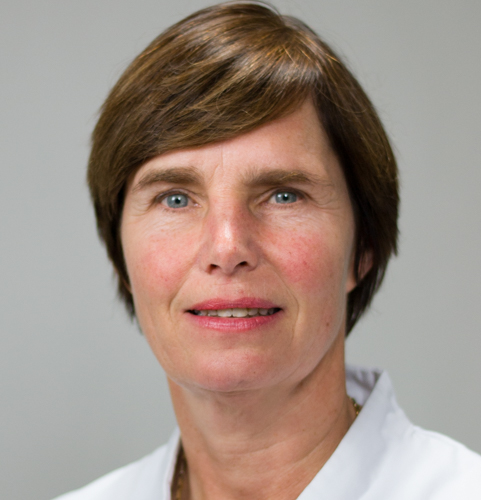What we do
About our project
Congenital heart disease is the most common birth defect with an estimated incidence of 1 in 100 live birth. Congenital heart defects come in all different flavors and severity. For instance not well developed aortic valves, coarctation in the aorta or wrong connection of the big arteries. Among many reported congenital defects, univentricular heart defects represent the most severe end of the spectrum, in which most commonly one ventricle is severely underdeveloped and thereby unable to drive the systemic or pulmonary circulation. Even though many surgical approaches have been proposed and applied resulting in increased life-expectancy, patients with congenital cardiovascular disease can still suffer from long-term complications.
The Fontan circulation, i.e. the circulation that is created so that the functional ventricle is feeding the aorta with a conduit directly from the lower part of the body feeding the pulmonary circulation, for instance suffers from venous hypertension and is responsible for many other complications. Also the functional ventricle experiences relatively more often heart failure and both complication are associated with the local biomechanical stress. Therefore, studies on the influence of biomechanical stress on local geometrical adaptations can potentially inform treatment and surgery strategies.
The ultimate goal of our studies is to find biomechanical parameters that are associated with adaptations of the cardiovascular systems and/or clinical outcome parameters.
Our research focus
Collaborations
Internal collaborations
External collaborations
- Department of Pediatrics Cardiology, LUMC, the Netherlands, Dr. A. Roest
- Department of Cardiothoracic Surgery, LUMC, Drs F. Rijnberg
- Department of Pediatrics, Nijmegen, the Netherlands, Prof. W.A Helbing
- Department of Chemical Engineering, TU Delft, the Netherlands, Prof. S. Kenjeres
Publications
- Minderhoud SCS, Wentzel JJ, Roos-Hesselink JW, Hirsch A.Six-year serial follow-up with aortic 4D flow cardiovascular magnetic resonance in a patient with bicuspid aortic valve. Eur Heart J Cardiovasc Imaging. 2021 Aug 14;22(9):e144.
- Minderhoud SCS, van der Velde N, Wentzel JJ, van der Geest RJ, Attrach M, Wielopolski PA, Budde RPJ, Helbing WA, Roos-Hesselink JW, Hirsch A The clinical impact of phase offset errors and different correction methods in cardiovascular magnetic resonance phase contrast imaging: a multi-scanner study..J Cardiovasc Magn Reson. 2020 Sep 17;22(1):68.
- van der Woude SFS, Rijnberg FM, Hazekamp MG, Jongbloed MRM, Kenjeres S, Lamb HJ, Westenberg JJM, Roest AAW, Wentzel JJ The Influence of Respiration on Blood Flow in the Fontan Circulation: Insights for Imaging-Based Clinical Evaluation of the Total Cavopulmonary Connection.. Front Cardiovasc Med. 2021 Aug 5;8:683849.
- Rijnberg FM, Hazekamp MG, Wentzel JJ, de Koning PJH, Westenberg JJM, Jongbloed MRM, Blom NA, Roest AAW. Energetics of Blood Flow in Cardiovascular Disease: Concept and Clinical Implications of Adverse Energetics in Patients With a Fontan Circulation. Circulation. 2018 May 29;137(22):2393-2407.
- Bossers SS, Cibis M, Kapusta L, Potters WV, Snoeren MM, Wentzel JJ, Moelker A, Helbing WA. Long-Term Serial Follow-Up of Pulmonary Artery Size and Wall Shear Stress in Fontan Patients. Pediatr Cardiol. 2016 Apr;37(4):637-45
- Cibis M, Jarvis K, Markl M, Rose M, Rigsby C, Barker AJ, Wentzel JJ The effect of resolution on viscous dissipation measured with 4D flow MRI in patients with Fontan circulation: Evaluation using computational fluid dynamics. .J Biomech. 2015 Sep 18;48(12):2984-9.
Our team
- Drs. S.C.S. (Savine) Minderhoud
- Prof. dr. W.A. (Wim) Helbing




